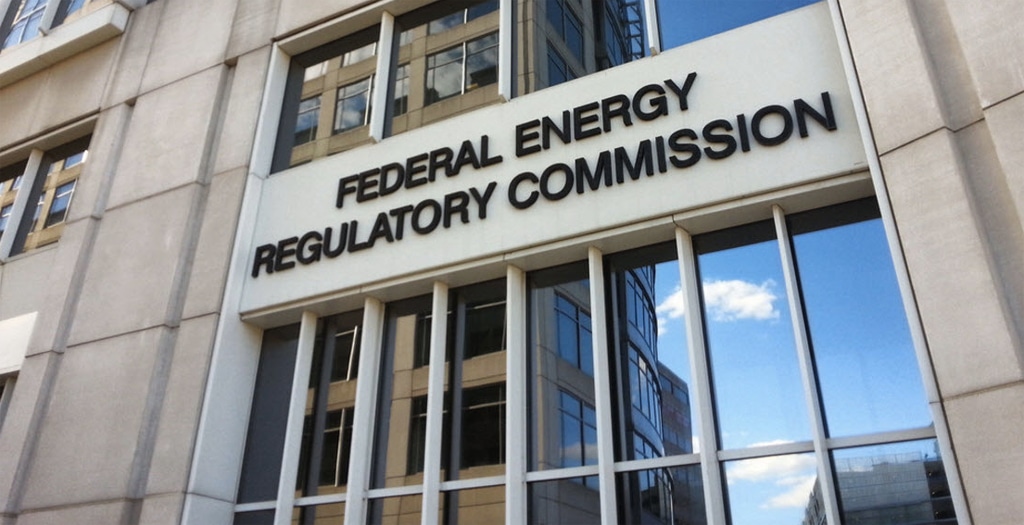Sometimes the biggest goals of the Trump Administration end up dying because of the administration’s ability to unite broad forces in opposition to controversial and poorly thought-out plans. And while the coal and nuclear bailout that Energy Secretary Rick Perry is pushing through the Federal Energy Regulatory Commission (FERC) is far from dead, on Tuesday it got a major limitation in scope.
Buried in the order in the federal register is a statement that the order will apply onto to regional grid operators with energy and capacity markets. This means that in addition to not applying in any of the areas where vertically integrated utilities also run the grids, including the entire South and Mountain West (except California), it will also not apply in the Southwest Power Pool (SPP) grid, which covers much of Kansas and Oklahoma.
The rule already did not apply in Texas, whose grid operator (ERCOT) is not under FERC jurisdiction. Experts including Robbie Orvis of Energy Innovation are unclear whether it will apply in the enormous Midcontinent Independent System Operator (MISO), which covers most of the Midwest and Plains states and parts of the South, and has a voluntary capacity market.
This could change the nature of the resources that will be assisted through the bailout, particularly if MISO is excluded. The New York and New England grids have practically no coal plants left, so in these regions it will only act as a subsidy to the region’s aging nuclear power plants. This concept is less controversial in New York, which created the first such bailout for this class of generation through Zero Emissions Credits (ZECs).
And while inflexible nuclear generation can conflict with variable wind and solar on the grid, as it does in California, there is likely to be little such conflict in New England for the foreseeable future, as the region has failed to build ambitious volumes of either resource.
The largest grid where the rule could remain a major bailout for coal is the PJM Interconnection, a 13-state grid that runs from the Atlantic coast to parts of Illinois and Wisconsin.
The change comes amid continued opposition to the bailout, which is couched in the language of “resilient” generation, despite setting conditions that apply on coal and nuclear operators and addressing a problem – security of fuel supply – which has not been a meaningful issue for reliability.
Yesterday more than 10,000 comments against the rule were delivered to FERC, while and anti-nuclear group protested outside the semi-obscure agency’s normally quiet office in Washington D.C. This is in addition to opposition by trade groups representing renewable energy, municipal utilities and co-ops and large power users and supported by the American Petroleum Institute and natural gas trade groups.
Despite these protests FERC is moving ahead under an expedited schedule, with comments against the rule due by October 23.
This content is protected by copyright and may not be reused. If you want to cooperate with us and would like to reuse some of our content, please contact: editors@pv-magazine.com.









By submitting this form you agree to pv magazine using your data for the purposes of publishing your comment.
Your personal data will only be disclosed or otherwise transmitted to third parties for the purposes of spam filtering or if this is necessary for technical maintenance of the website. Any other transfer to third parties will not take place unless this is justified on the basis of applicable data protection regulations or if pv magazine is legally obliged to do so.
You may revoke this consent at any time with effect for the future, in which case your personal data will be deleted immediately. Otherwise, your data will be deleted if pv magazine has processed your request or the purpose of data storage is fulfilled.
Further information on data privacy can be found in our Data Protection Policy.